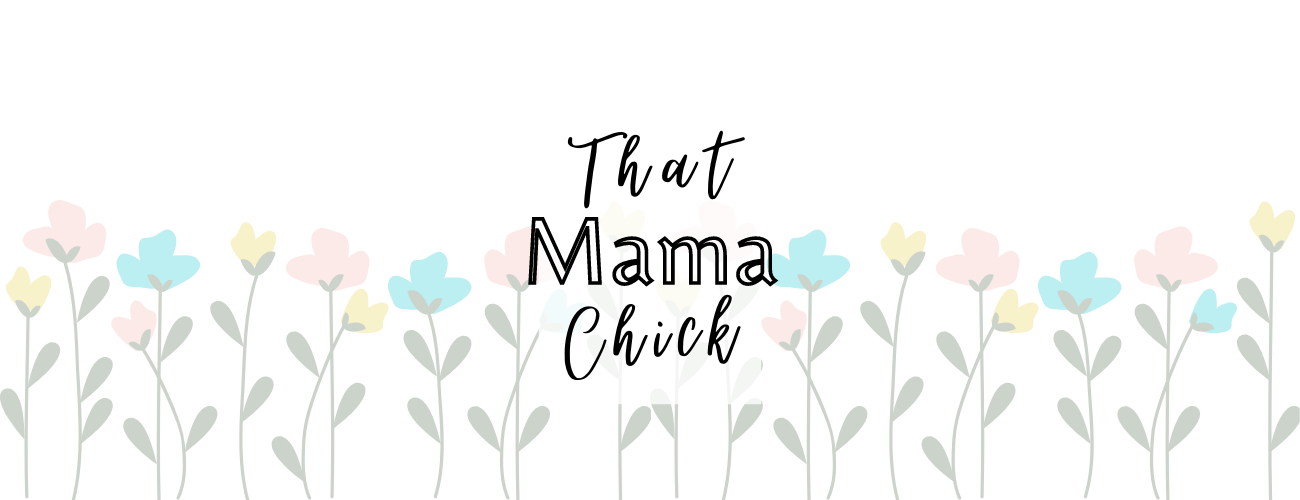Although this letter sounds egg matching game is a perfect springtime activity, it can be a fun learning tool any time of the year!
I presented this to J (4y) along with other Easter and spring-themed activities, as it appears very seasonal. But I can see us using this again, with different letters, later in the year. She has really been enjoying it.
When you’re done with this one, here’s an Easy Easter Art Idea we did recently (another one that would be totally acceptable all year long.)

Egg Matching Game
The idea of matching lower and upper case letters with Easter eggs has been floating around the web for years, and that’s all I was going to do initially. But then I got thinking that it would be fun to put things inside the eggs—things that started with the letters written on them.
This makes the game more challenging. The child matches the letters (lower and upper case) as well as the two egg halves to their letter sounds.
How to set it up
Three things:
- small toys/items
- plastic Easter eggs
- and a black permanent marker
That’s all you will need for this activity, with the optional addition of a tray or basket to put them in. (I recommend a container to help promote tidiness when not in use if you expect this to be used more than once.)

THE ITEMS
Search through your house, toys, craft supplies, games… and see what tiny things you can find.
I found it was easier to choose the items to put in the eggs before deciding which letters I would write. This is only because it was surprisingly difficult to find (phonetic) things that would fit.
I also limited the search to letters A through J. We have been working on learning the alphabet one letter a week. We are currently on letter J and I didn’t want to do any letters that we haven’t already covered.
The items you choose shouldn’t matter too much, as long as they fit in the eggs, but here are two rules of thumb:
1: Your child should know exactly what the item is called. They shouldn’t have to keep asking, “Mom, what is this??” every time they use the eggs. I was worried this would happen with the jack, but thankfully it wasn’t an issue.
2: Choose items that only have ONE possible name. Example: I put a little horse inside an H egg. I regretted this choice because I had to keep reminding her that it was a HORSE, not a PONY. And honestly, it’s my own fault. It does look more like a pony than a horse.
THE EGGS
The two halves need to completely separate from each other. The ones I have were initially connected, and I just cut the little plastic tab to separate them – no biggie.
I chose to write the upper and lower case letters onto the same egg halves so that the colors matched when put together. I also didn’t have any repeat colors in the mix. Depending on how challenging you want to make this activity you could either mix up the halves or use eggs that are all the same color.
The Marker
A regualar ol’ Sharpie will do the trick. And if you’re worried about it, the marker WILL wash off if you want to reuse the eggs later. I have tested it.

Presentation
The only other thing to cover is how you present this to your child.
I started by putting the items into their respective eggs and setting them all into a container. I put the container on the shelf and left it there for her to discover. I wanted the items in the eggs so that it would be easier for her to make the connection when she first played with them. When I saw her exploring it, I sat with her and asked her about the different letter sounds to clarify the specific goal of the activity. Then she ran with it from there.
After that initial setup, it’s been in various stages of “complete” when put away on the shelf. I don’t think the presentation matters a lot after the first introduction.
She has played with it on and off for the past 3 days now. Occasionally, she will come to me asking about a specific letter or item, but I can tell it’s mostly just to involve me, not because she needs help.
Other ages can enjoy this egg matching game
I love it when an activity designed for a specific age group can still capture the attention of other children.
With this specific egg matching game, I have enjoyed watching W (18 months) play with it. She has enjoyed trying to get the items into the eggs. At this age, her brain still enjoys exploring “containment” as well as object permanence (when the item disappears inside the egg). But she will also begin grasping the concept of colors very soon and matching the egg colors is SUCH good practice for her.
On the other hand, if you have older kids, I highly recommend that you encourage them to help the younger child with this activity. Having an older sibling help out with a letter sounds activity is just as good for their own language skills.
Let me know how it goes!
Have fun with this and don’t be afraid to mix it up and try different things!
As always, I would love to hear from you! Whether in a comment here or on my Instagram.
Therefore encourage one another and build one another up, just as you are doing.
1 Thessalonians 5:11




